-
 Bitcoin
Bitcoin $104,067.3645
2.64% -
 Ethereum
Ethereum $2,462.0483
2.15% -
 Tether USDt
Tether USDt $1.0007
0.03% -
 XRP
XRP $2.1522
2.93% -
 BNB
BNB $641.4899
1.46% -
 Solana
Solana $147.2225
1.82% -
 USDC
USDC $0.9998
-0.01% -
 Dogecoin
Dogecoin $0.1781
4.43% -
 TRON
TRON $0.2782
-0.89% -
 Cardano
Cardano $0.6518
4.34% -
 Hyperliquid
Hyperliquid $33.0973
-2.50% -
 Sui
Sui $3.1782
8.56% -
 Chainlink
Chainlink $13.5106
4.71% -
 UNUS SED LEO
UNUS SED LEO $8.9943
3.23% -
 Avalanche
Avalanche $19.6087
4.55% -
 Stellar
Stellar $0.2623
1.95% -
 Bitcoin Cash
Bitcoin Cash $394.5439
2.32% -
 Toncoin
Toncoin $3.1475
3.79% -
 Shiba Inu
Shiba Inu $0.0...01236
2.97% -
 Hedera
Hedera $0.1641
2.86% -
 Litecoin
Litecoin $87.2435
4.23% -
 Polkadot
Polkadot $3.8768
1.33% -
 Monero
Monero $322.1357
1.74% -
 Ethena USDe
Ethena USDe $1.0014
0.03% -
 Dai
Dai $0.9999
-0.01% -
 Bitget Token
Bitget Token $4.5827
1.27% -
 Pepe
Pepe $0.0...01099
3.27% -
 Pi
Pi $0.6222
0.87% -
 Aave
Aave $249.8854
3.42% -
 Uniswap
Uniswap $5.9807
1.81%
Will the RSI top divergence definitely fall? Special operating rules in the bull market
RSI top divergence in a bull market suggests weakening momentum, but it's not a guaranteed price fall signal; use other indicators for confirmation.
May 28, 2025 at 11:00 pm
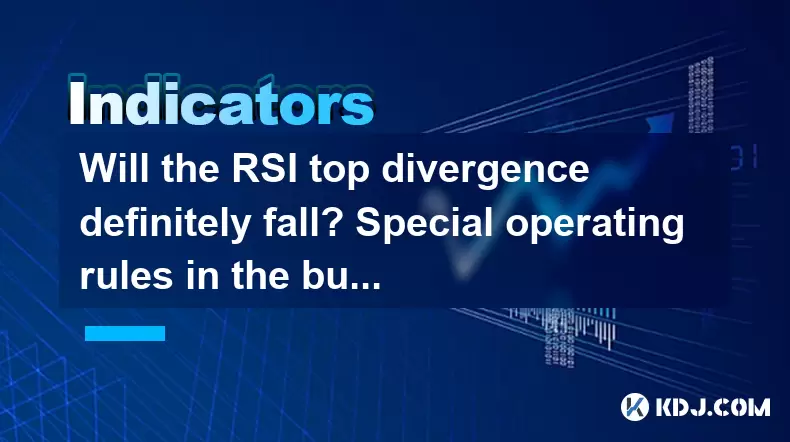
The Relative Strength Index (RSI) is a momentum oscillator that measures the speed and change of price movements. When discussing RSI top divergence in the context of a bull market, it's essential to understand that while the RSI can provide valuable insights, it is not infallible. The presence of an RSI top divergence does not guarantee a price fall. Instead, it suggests that the momentum behind the price increase is weakening, which could be a precursor to a price correction or reversal.
Understanding RSI Top Divergence
RSI top divergence occurs when the price of an asset reaches a higher high, but the RSI fails to reach a higher high and instead forms a lower high. This discrepancy between price action and RSI readings indicates that the bullish momentum is waning, even as the price continues to rise. In a bull market, this can be a signal for traders to exercise caution and potentially prepare for a change in trend.
Special Operating Rules in a Bull Market
In a bull market, the rules for interpreting RSI top divergence can be different from those in a bear market. Traders often need to consider additional factors such as overall market sentiment, volume, and other technical indicators. Here are some special operating rules to consider:
Confirmation with Other Indicators: In a bull market, it's crucial to look for confirmation from other indicators such as Moving Averages, MACD, or Bollinger Bands. If these indicators also suggest a weakening trend, the likelihood of a price fall increases.
Volume Analysis: High volume during the formation of an RSI top divergence can indicate that the divergence is more significant. Conversely, low volume might suggest that the divergence is less reliable.
Market Sentiment: Bull markets are often driven by strong positive sentiment. If the sentiment remains bullish despite the RSI top divergence, the price may continue to rise for longer than expected.
Time Frame: The reliability of RSI top divergence can vary depending on the time frame. Divergences on longer time frames (e.g., daily or weekly charts) are generally more significant than those on shorter time frames (e.g., hourly charts).
Trading Strategies Based on RSI Top Divergence
When an RSI top divergence is identified in a bull market, traders can employ several strategies:
Short Selling: Traders might consider short selling if other indicators confirm the divergence and suggest a potential reversal. This involves borrowing an asset, selling it, and then buying it back at a lower price to return it to the lender.
Taking Profits: If a trader is already in a long position, an RSI top divergence might be a signal to take profits and exit the trade before a potential price drop.
Setting Stop-Loss Orders: To manage risk, traders can set stop-loss orders just above the recent high. This helps limit potential losses if the price continues to rise after the divergence.
Waiting for Confirmation: Given the bullish nature of the market, some traders prefer to wait for a clear price reversal before acting on the divergence. This can involve waiting for the price to break below a key support level or for the RSI to cross below a certain threshold (e.g., 50).
Practical Example of RSI Top Divergence in a Bull Market
To illustrate how RSI top divergence might play out in a bull market, consider the following hypothetical scenario:
- Price Action: The price of Bitcoin reaches a new high at $60,000, surpassing its previous high of $58,000.
- RSI Reading: Despite the new price high, the RSI reaches a lower high of 70 compared to its previous high of 75.
- Other Indicators: The MACD shows a bearish crossover, and the volume during the recent price increase is lower than during the previous high.
- Market Sentiment: While overall sentiment remains bullish, there are increasing concerns about regulatory crackdowns.
In this scenario, the RSI top divergence, combined with other bearish signals, might suggest a higher probability of a price fall. However, traders should still be cautious and consider the strength of the bull market.
Implementing RSI Top Divergence in Trading Platforms
To effectively use RSI top divergence in trading, traders need to know how to set up and monitor the RSI on their trading platforms. Here's a detailed guide using a popular platform like TradingView:
Adding RSI to the Chart:
- Open TradingView and select the cryptocurrency pair you want to analyze.
- Click on the "Indicators" button at the top of the screen.
- Search for "RSI" and select the Relative Strength Index.
- Adjust the RSI settings to your preferred period (commonly 14 periods).
Identifying RSI Top Divergence:
- Look for instances where the price makes a higher high, but the RSI makes a lower high.
- Draw trend lines on both the price chart and the RSI to visually confirm the divergence.
Setting Up Alerts:
- Click on the RSI indicator on your chart.
- Select "Add Alert" and set the condition to "Crossing Down" at a specific level (e.g., 70).
- This alert will notify you when the RSI starts to decline, potentially signaling a divergence.
Combining with Other Indicators:
- Add other indicators like MACD or Bollinger Bands to the chart.
- Look for bearish signals from these indicators that align with the RSI top divergence.
Risk Management and RSI Top Divergence
Given the uncertainty of RSI top divergence in a bull market, effective risk management is crucial. Traders should always consider the following:
- Position Sizing: Only risk a small percentage of your trading capital on any single trade to limit potential losses.
- Diversification: Spread your investments across different assets to reduce the impact of any single trade.
- Stop-Loss Orders: Always use stop-loss orders to limit potential losses if the market moves against your position.
- Continuous Monitoring: Keep an eye on market conditions and be ready to adjust your strategy as new information becomes available.
Frequently Asked Questions
Q: Can RSI top divergence be a false signal in a bull market?
A: Yes, RSI top divergence can indeed be a false signal in a bull market. Strong bullish sentiment and other market factors can cause prices to continue rising despite the divergence. It's important to use additional indicators and consider market context to validate the signal.
Q: How can I improve the accuracy of RSI top divergence signals?
A: To improve the accuracy of RSI top divergence signals, you can combine them with other technical indicators like MACD, Bollinger Bands, and volume analysis. Additionally, consider using longer time frames for more reliable signals and always look for confirmation from price action.
Q: Is it safe to rely solely on RSI top divergence for trading decisions?
A: No, relying solely on RSI top divergence is not advisable. It should be used in conjunction with other technical analysis tools and fundamental analysis to make more informed trading decisions. Always consider the broader market context and use risk management strategies.
Q: How often should I check for RSI top divergence in a bull market?
A: The frequency of checking for RSI top divergence depends on your trading style. For day traders, checking hourly or even every few minutes might be necessary. For swing traders, daily or weekly checks might suffice. Always align your monitoring frequency with your trading strategy and time frame.
Disclaimer:info@kdj.com
The information provided is not trading advice. kdj.com does not assume any responsibility for any investments made based on the information provided in this article. Cryptocurrencies are highly volatile and it is highly recommended that you invest with caution after thorough research!
If you believe that the content used on this website infringes your copyright, please contact us immediately (info@kdj.com) and we will delete it promptly.
- Crabby's Gold
- 2025-06-07 08:40:14
- EOS's bullish comeback is steady ahead of a planned rebrand to Vaulta on May 14.
- 2025-06-07 08:40:14
- Treasure DAO Introduces AI Agents That Revive NFTs and Provide New Dimension in Digital Interaction
- 2025-06-07 08:35:13
- After Dropping 80% From Its Peak, Is Pi Coin Ready to Rebound?
- 2025-06-07 08:35:13
- Kia Carens Clavis - Key Details
- 2025-06-07 08:30:12
- Dogecoin (DOGE) Price Surge Signals Potential Breakout From Wedge Pattern
- 2025-06-07 08:30:12
Related knowledge
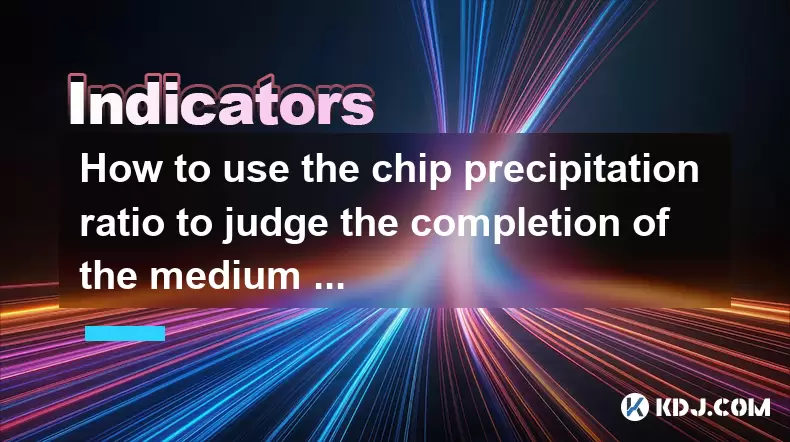
How to use the chip precipitation ratio to judge the completion of the medium and long-term bottom construction?
Jun 04,2025 at 03:36am
The chip precipitation ratio is a crucial metric used by investors to assess the accumulation of chips (or shares) at different price levels over time. This ratio helps in understanding the distribution of chips and can be a powerful tool for determining the completion of medium and long-term bottom construction in the cryptocurrency market. By analyzin...
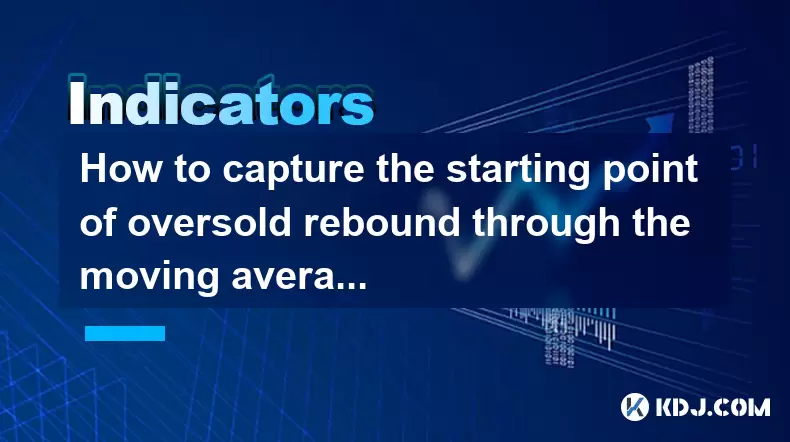
How to capture the starting point of oversold rebound through the moving average gravity reversal strategy?
Jun 04,2025 at 01:01pm
The moving average gravity reversal strategy is a sophisticated approach used by traders to identify potential entry points for buying cryptocurrencies when they are considered oversold. This strategy leverages the concept of moving averages to pinpoint moments when a cryptocurrency might be poised for a rebound. In this article, we will delve into the ...
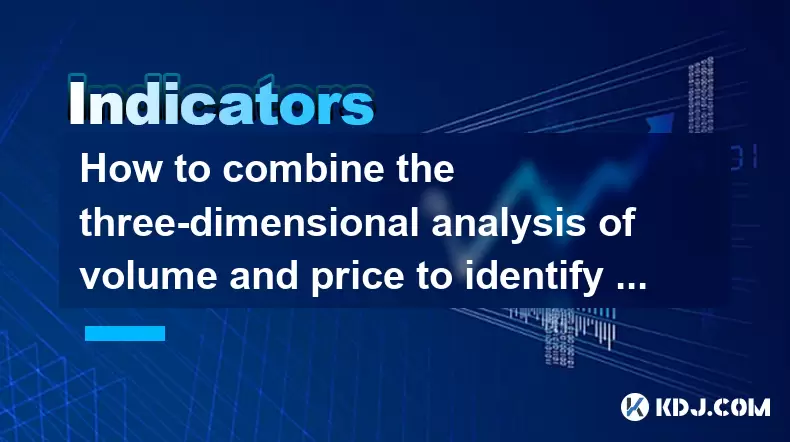
How to combine the three-dimensional analysis of volume and price to identify the golden buying point of breakthrough and retracement?
Jun 03,2025 at 11:42pm
In the dynamic world of cryptocurrencies, identifying the optimal buying points is crucial for maximizing profits and minimizing risks. One effective method to achieve this is by combining three-dimensional analysis of volume and price to pinpoint the golden buying points during breakouts and retracements. This article will delve into how to use this ap...
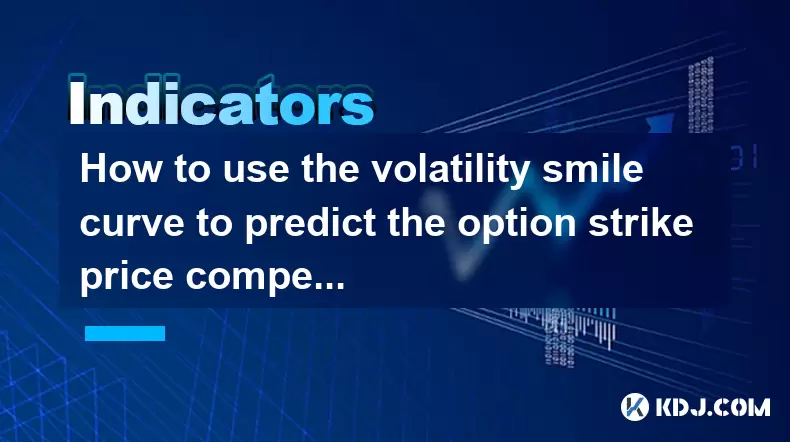
How to use the volatility smile curve to predict the option strike price competition area?
Jun 06,2025 at 01:01pm
The volatility smile curve is a graphical representation that shows the implied volatility of options across different strike prices for a given expiration date. It is called a 'smile' because the curve often takes the shape of a smile, with higher implied volatilities for options that are deep in-the-money or deep out-of-the-money, and lower implied vo...
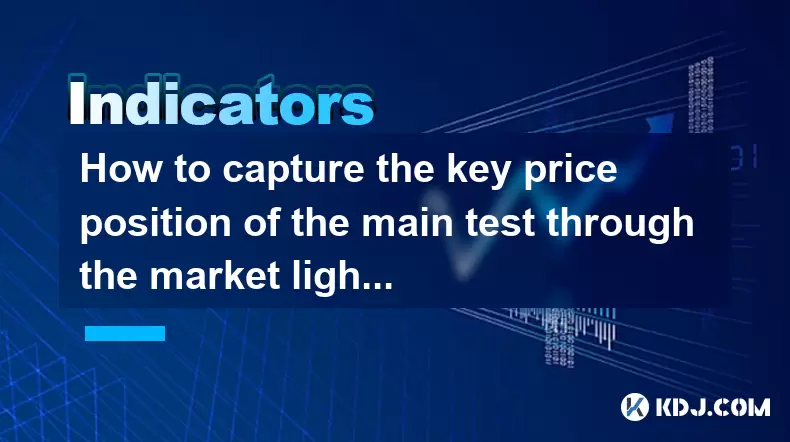
How to capture the key price position of the main test through the market lightning chart?
Jun 02,2025 at 06:07pm
Introduction to Market Lightning ChartThe market lightning chart is a powerful tool used by cryptocurrency traders to visualize price movements and identify key price positions. This chart type provides a detailed view of market activity, allowing traders to spot trends, reversals, and other significant price levels quickly. By understanding how to use ...
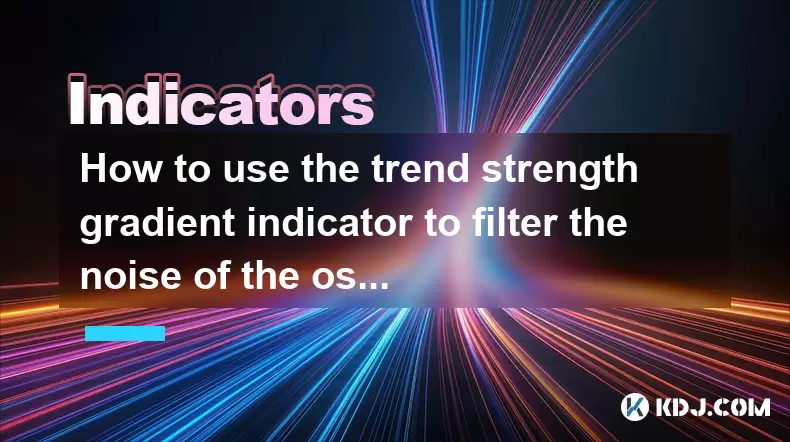
How to use the trend strength gradient indicator to filter the noise of the oscillating market?
Jun 06,2025 at 06:15pm
The trend strength gradient indicator is a powerful tool used by cryptocurrency traders to analyze market trends and filter out the noise that often accompanies oscillating markets. This indicator helps traders identify the strength of a trend, enabling them to make more informed decisions. In this article, we will explore how to effectively use the tre...

How to use the chip precipitation ratio to judge the completion of the medium and long-term bottom construction?
Jun 04,2025 at 03:36am
The chip precipitation ratio is a crucial metric used by investors to assess the accumulation of chips (or shares) at different price levels over time. This ratio helps in understanding the distribution of chips and can be a powerful tool for determining the completion of medium and long-term bottom construction in the cryptocurrency market. By analyzin...

How to capture the starting point of oversold rebound through the moving average gravity reversal strategy?
Jun 04,2025 at 01:01pm
The moving average gravity reversal strategy is a sophisticated approach used by traders to identify potential entry points for buying cryptocurrencies when they are considered oversold. This strategy leverages the concept of moving averages to pinpoint moments when a cryptocurrency might be poised for a rebound. In this article, we will delve into the ...

How to combine the three-dimensional analysis of volume and price to identify the golden buying point of breakthrough and retracement?
Jun 03,2025 at 11:42pm
In the dynamic world of cryptocurrencies, identifying the optimal buying points is crucial for maximizing profits and minimizing risks. One effective method to achieve this is by combining three-dimensional analysis of volume and price to pinpoint the golden buying points during breakouts and retracements. This article will delve into how to use this ap...

How to use the volatility smile curve to predict the option strike price competition area?
Jun 06,2025 at 01:01pm
The volatility smile curve is a graphical representation that shows the implied volatility of options across different strike prices for a given expiration date. It is called a 'smile' because the curve often takes the shape of a smile, with higher implied volatilities for options that are deep in-the-money or deep out-of-the-money, and lower implied vo...

How to capture the key price position of the main test through the market lightning chart?
Jun 02,2025 at 06:07pm
Introduction to Market Lightning ChartThe market lightning chart is a powerful tool used by cryptocurrency traders to visualize price movements and identify key price positions. This chart type provides a detailed view of market activity, allowing traders to spot trends, reversals, and other significant price levels quickly. By understanding how to use ...

How to use the trend strength gradient indicator to filter the noise of the oscillating market?
Jun 06,2025 at 06:15pm
The trend strength gradient indicator is a powerful tool used by cryptocurrency traders to analyze market trends and filter out the noise that often accompanies oscillating markets. This indicator helps traders identify the strength of a trend, enabling them to make more informed decisions. In this article, we will explore how to effectively use the tre...
See all articles

























































































